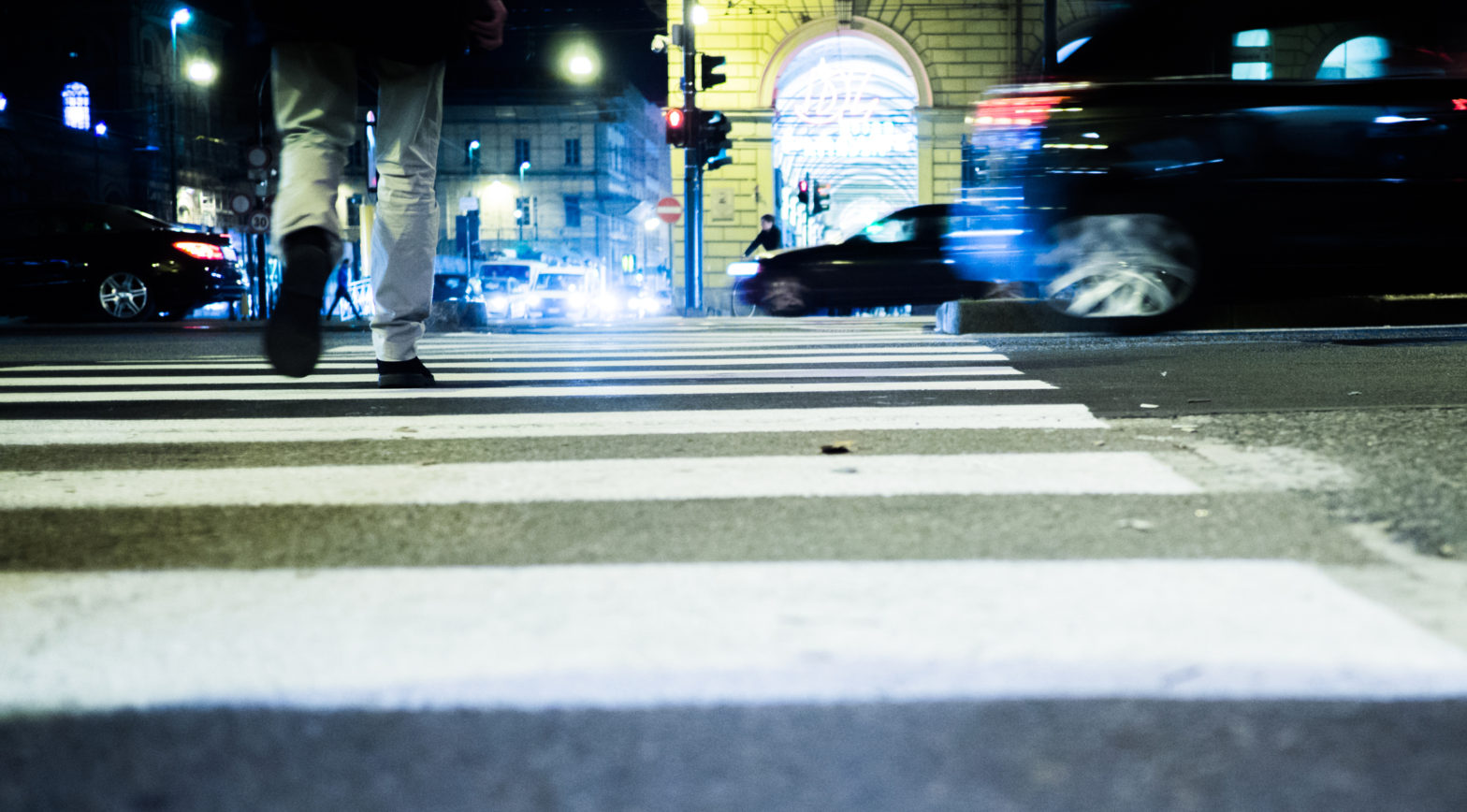
Photo: University of Bradford
Open source city twin offers ‘endless possibilities’
07 May 2021
by Sarah Wray
A digital twin of Bradford in West Yorkshire, England will be used to support the city’s pandemic recovery and future planning.
As well as helping the city visualise plans and better manage issues such as air quality, noise, flooding and traffic, the tool could feature virtual shops, exhibitions and heritage walking trails, and games companies could use it to create interactive content. It also aims to enable greater citizen participation in city planning.
“[Digital twins] offer potential for reinventing retail and urban centres using what-if scenarios and data-driven decision making,” Adrian Walker, Transformational Services Manager at Bradford City Council, told Cities Today: “The model can help to visualise and develop an understanding of how the city functions in a potentially different way post-pandemic.”
He added that it will also help ensure that recovery measures are integrated and aligned, which is a priority for cities around the world as they work to address social, economic and environmental challenges simultaneously and cost-effectively.
Virtual Bradford is a collaboration between the University of Bradford and Bradford Council and will create a ‘brick for brick’ high-resolution copy of the city centre, with plans to expand further.
Academics from the University will use an electric trike mounted with laser scanners. They will also take 360-degree images from ground level and use a drone to capture the city’s skyline. Data from 100km of streets will be captured to make the first model.
Open source innovation
The virtual model will be open source to spur innovation. It will be copyright-free so that anyone can use it and the code will be made available on GitHub to allow other cities to replicate it.
“The uses are likely to be limited only by your imagination,” Walker said.
The initiative is part of the EU-funded SCORE (Smart Cities + Open Data Re-use) project, which brings together nine cities: Amsterdam, Aarhus, Aberdeen, Bergen, Bradford, Dordrecht, Ghent, Gothenburg and Hamburg, and three universities: University of Amsterdam, Aarhus University and University of Bradford.
The partners develop public services solutions based on open data and focus on sharing insights and methodologies.
The city said that the cost of creating a digital twin had previously been prohibitive for local authorities, but the process has become cheaper and easier in recent years. Using an open-source approach also means there’s no vendor lock-in, Walker noted.
Talking digital twins
As more cities implement digital twins, there’s a question about future interoperability.
Walker said: “We would definitely agree with a standardised approach to digital twins so that as they are more widely adopted they can ‘talk’ to other local twins and start to form a regional/national network. Wouldn’t it be great to have all digital twins communicating with one another?”
He said while this project didn’t set out with standardisation in mind, the city and university made a clear decision that whatever was created had to be open.
“With an open approach hopefully the model can be morphed into any standards,” he commented.
Bradford’s digital twin will initially include most of the city centre but will be expanded in future to more areas.
The first iteration of the digital twin is scheduled for completion by the end of the year.
Image: University of Bradford








